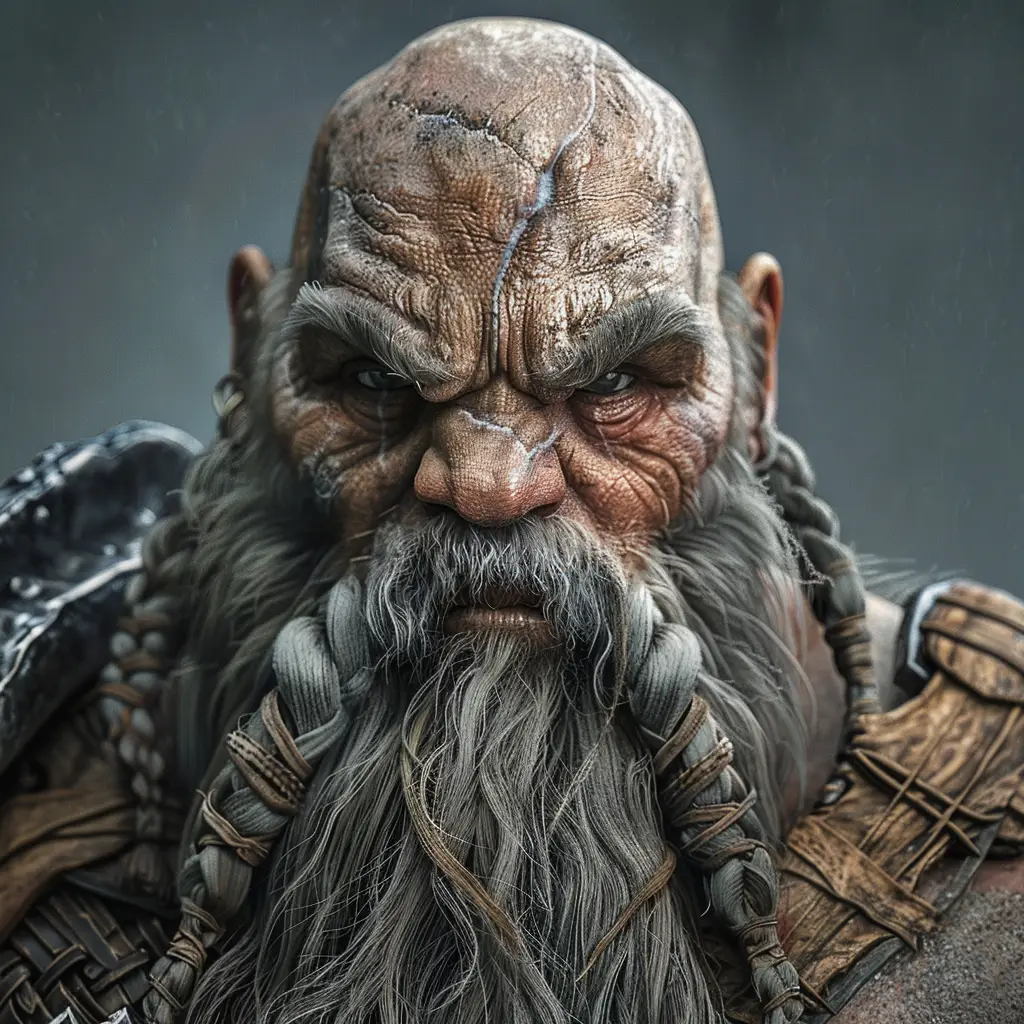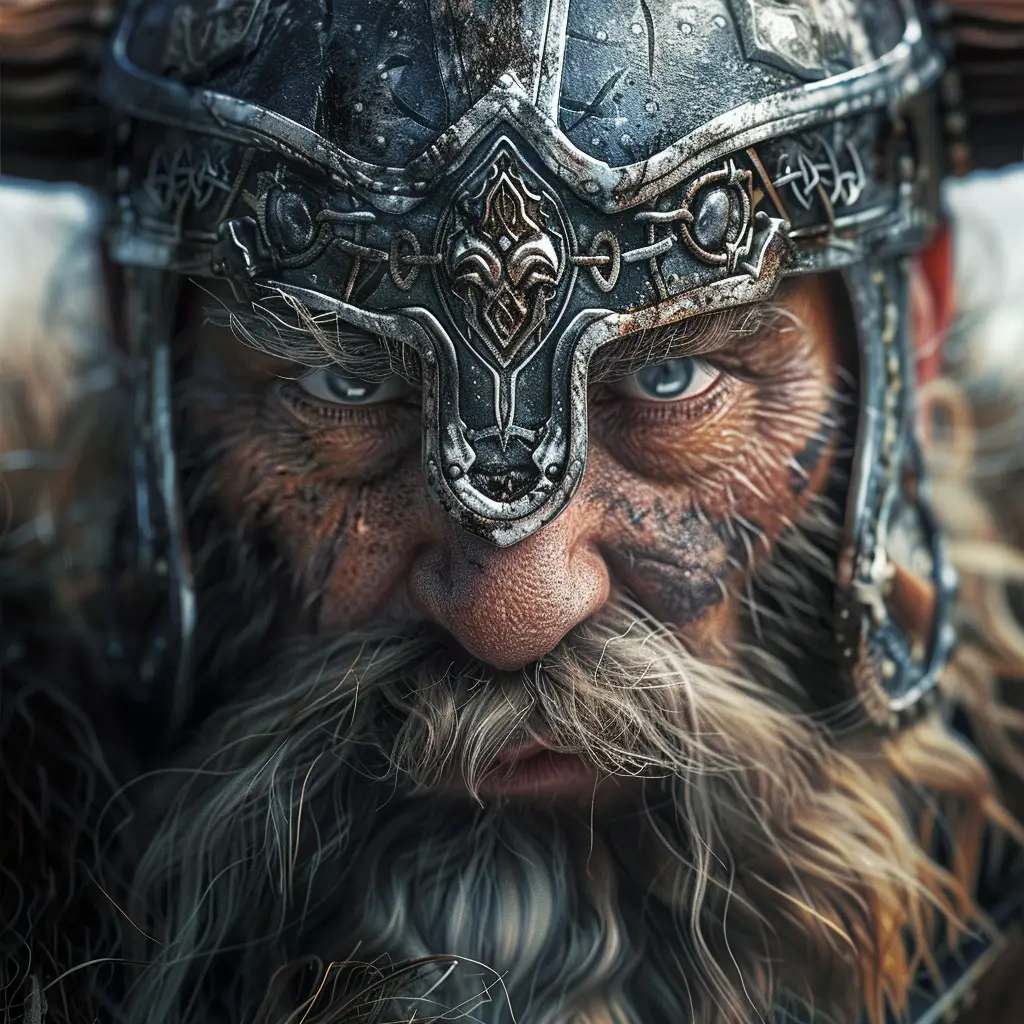Dwarves (known as “dvergar” in Old Norse) are a race of skilled craftsmen, miners, and blacksmiths. They play a significant role in various myths and are known for creating some of the most powerful and magical items in the Norse pantheon. Here are some key aspects of the dwarves in Norse mythology:
Origin
Creation: According to the “Prose Edda” by Snorri Sturluson, dwarves were originally maggots that developed in the flesh of the primordial giant Ymir. The gods gave them human-like form and intelligence.
Home: Dwarves primarily reside in Svartalfheim, one of the Nine Worlds, though they are also associated with Nidavellir. These realms are typically depicted as subterranean and rich in minerals.
Characteristics
Physical Appearance: Dwarves are generally described as being short and stout, with features that emphasize their connection to the earth and stone.
Skills: Renowned for their craftsmanship, dwarves are master blacksmiths, capable of forging items with magical properties. They work with various materials, including gold, silver, and mythic metals.
Famous Dwarves and Their Creations
Brokkr and Sindri (or Eitri): These brothers are famous for creating some of the most iconic items in Norse mythology, such as:
Mjolnir: Thor’s powerful hammer, known for its ability to return to his hand after being thrown.
Draupnir: Odin’s gold ring that creates eight new rings of equal value every ninth night.
Gullinbursti: A golden boar made for the god Freyr, which can run faster than any horse and shines with its own light.
Sons of Ivaldi: Another group of skilled dwarves, known for creating:
Skidbladnir: A ship that can be folded up and carried in one’s pocket but can also expand to hold all the gods and their gear.
Gungnir: Odin’s spear, which is so well-balanced that it never misses its target.
Loki’s Gifts: Loki once challenged the Sons of Ivaldi to create superior treasures, resulting in several powerful items.
Role in Myths
Creators: Dwarves are responsible for crafting many of the gods’ most powerful and magical items. Their skill and artistry are unmatched.
Interactors: They often interact with the gods and humans, sometimes helping them and other times causing trouble. Loki, the trickster god, frequently engages with the dwarves, either to aid or deceive them.
Notable Myths
The Creation of Thor’s Hammer: The story where Loki bets his head with the dwarf Brokkr that his brother Sindri can’t make items better than those made by the Sons of Ivaldi. This results in the creation of Mjolnir, among other treasures.
Fafnir and Regin: The story of the dwarf brothers where Fafnir becomes a dragon to guard his hoard of treasure and Regin seeks revenge by manipulating the hero Sigurd into slaying him.
Cultural Significance
Symbols of Craftsmanship: Dwarves represent the pinnacle of craftsmanship and the mystical qualities associated with creation and forging.
Moral Lessons: Myths involving dwarves often carry lessons about greed, pride, and the consequences of deceit.
Norse dwarves are essential figures in the mythology, symbolizing unparalleled craftsmanship and playing crucial roles in the myths involving gods and heroes. Their creations and interactions highlight the themes of skill, resourcefulness, and the intricate balance between creation and destruction in the Norse mythological universe.




